Home / Activities /
Connectivity of Biomethane units to networks
The Biogas-to-electricity story developed in the previous decade was not without financial support, and the electricity generation from Biogas could be many times what we have today. The main obstacle to the development was access to the network, where the main body on which the connection depended (DEDDIE) presented stubborn obstacles, which do not withstand any technical crisis (grid saturation due to Photovoltaics, capacity of local networks, short-circuit current, prerequisite AEPO etc.).And those in the medium voltage network that practically reaches every corner of Greece, and the connection cost does not normally exceed 2-3% of the value of the investment.
The options for connecting Biomethane units to consumption are:
- For biomethane units located or planned to be located near the DESFA transmission network, the connection can be made to the high pressure system (approximately 70 Bar).
- In areas where connection to the DESFA network is inefficient, biomethane plants (existing or planned) could feed networks developed by distribution companies. These connections will in principle be made to the medium pressure networks, without excluding the connection to the low pressure networks.
- The Biomethane units have the possibility of loading compressed methane tankers for deliveries both to vehicle refueling stations and to the networks where this transport methodology will be chosen (indicative: Giannitsa, Veria, Orestiada, Grevena). This is one type of “virtual” pipeline.
- Special mention is made of the transfer of Biomethane in liquefied form in cryogenic conditions. This is a practice that is already applied in many European countries, with the main recipients currently being maritime transport and heavy vehicles. The addition of the prospect of supplying Ioannina and possibly Western Macedonian cities (temporarily until the extension of the Western Macedonian pipeline) comes to increase the number of systems that have already been announced as candidates for LNG supply: Igoumenitsa, Arta, Preveza, Agrinio, Patras, Pyrgos, Kalamata, Sparta.The operating Biogas units already have a significant number in the areas that will be served with LNG and are located at much shorter distances from the Revythoussa WWTP, reducing transport costs (number of vehicles, operating costs, fuel) by at least 70%. An additional advantage of virtual pipelines based on LNG is the possibility of long-term storage of the product in the receiving tanks of the cities served, thus ensuring for the production units the desired stable production, regardless of seasonal fluctuations in consumption.
- Finally, the practice of super-compressed (250 bar) or liquefied transport can be used for final injection into interconnected transmission or distribution networks in cases where direct connection through natural pipelines is not economically viable due to the distance of the production units from the nearest available network connection points. In this case we are essentially talking about hybrid transmission lines.
The company Agromethane Hellas SA, in collaboration with manufacturers – suppliers of transport equipment through physical or “virtual” (transport by tankers) pipelines, can propose and study the most suitable solution for the location of the unit.

